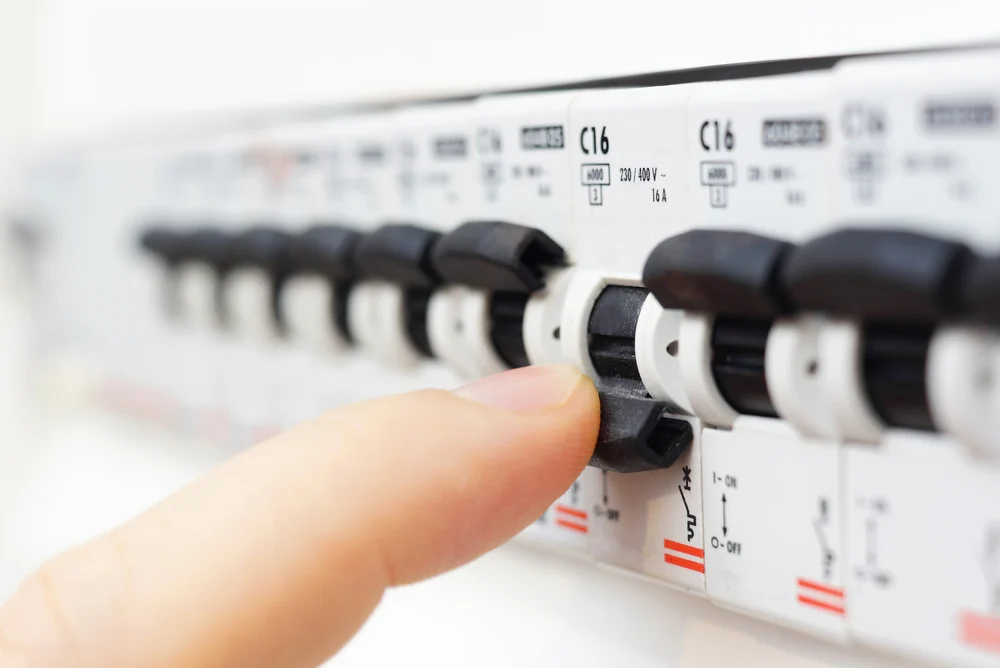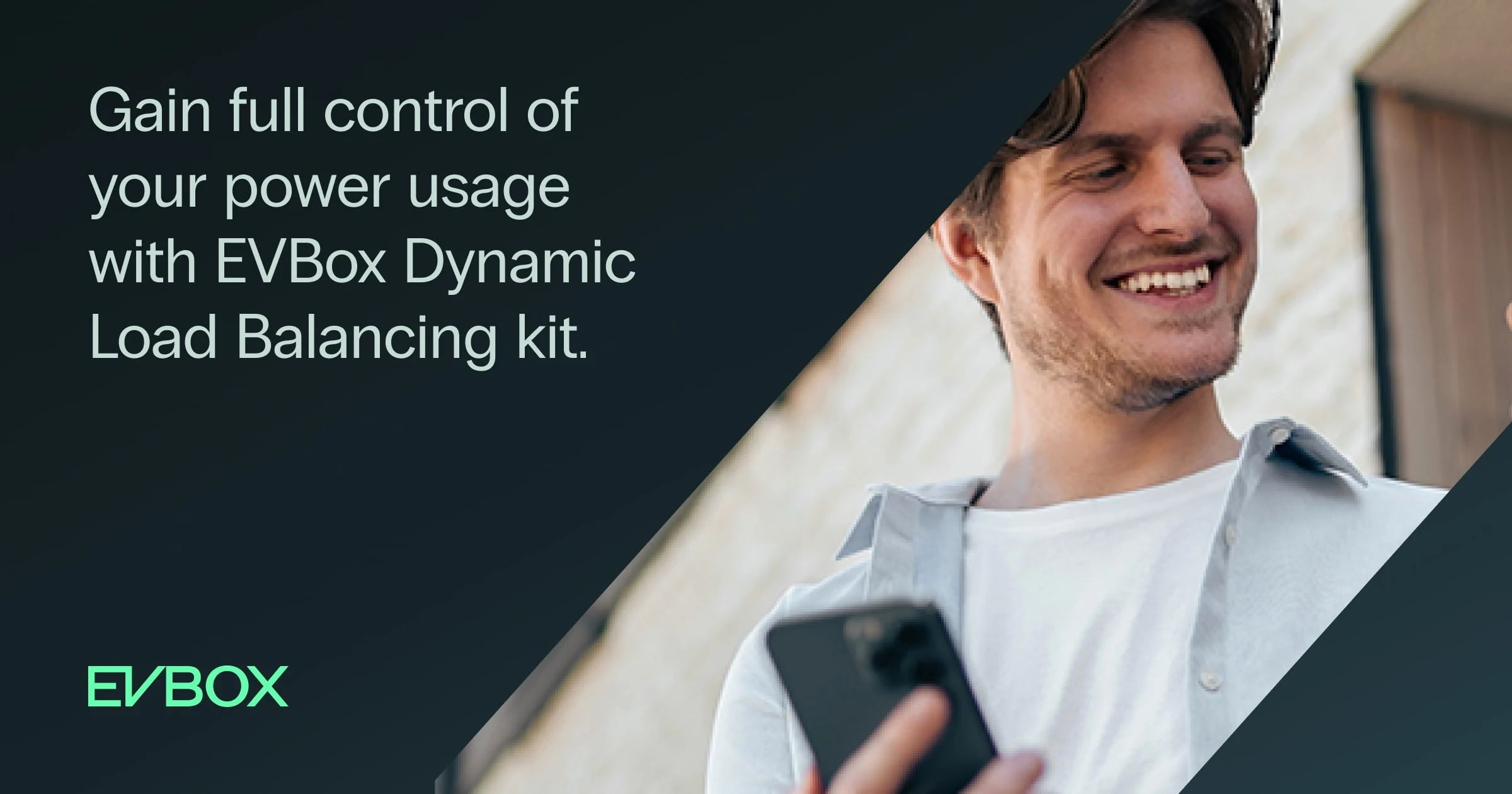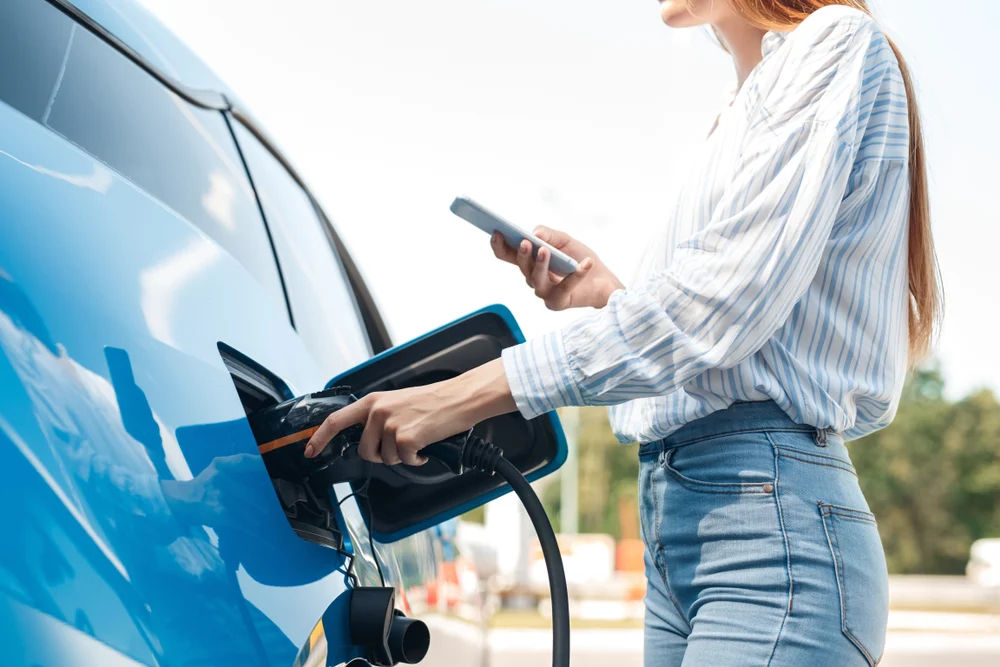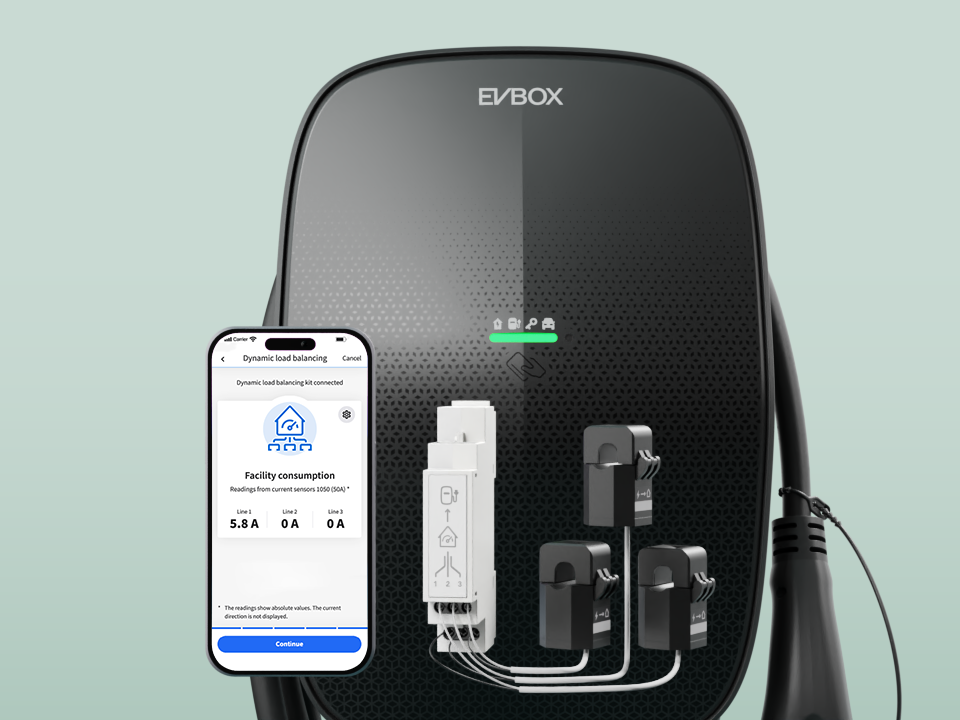The Growing Popularity of EV Home Charging
As global societies transition toward electric mobility, more people are realizing the advantages of driving electric vehicles and the convenience of charging at home. Research shows that over 67% of EV drivers charge their vehicles at home, and it's easy to see why. Charging at home is not only cheaper but also more convenient than hunting for public chargers.
However, managing the electricity supply presents its own set of challenges. EV charging is a high-energy application that can easily overwhelm a home circuit if not handled properly. Fortunately, several smart EV charging solutions exist to help optimize energy usage and reduce electricity bills.
One such feature is dynamic load balancing, which is specifically designed to manage energy distribution efficiently within your home.

Preventing Circuit Overload
To understand the importance of dynamic load balancing, consider the limitations of your home's electrical circuit. While we rarely think about it in daily life, circuits have a fixed capacity and can become overloaded if too much power is drawn. To prevent damage, homes are equipped with circuit breakers that trip when energy use exceeds safe levels. If you've ever experienced a circuit breaker tripping while using multiple high-power appliances, you know how inconvenient this can be.
Dynamic load balancing solves this issue by monitoring your circuit's energy usage and intelligently allocating available capacity to various devices. This ensures that all appliances can operate simultaneously without overloading the circuit.

How Much Power Do You Need to Charge an Electric Car?
Charging an EV requires a significant amount of energy. A typical home charger delivers between 7,400 and 22,000 watts (W) to an EV. To put this into perspective, a dishwasher operates at around 1,050 W to 1,500 W. On average, an EV consumes 200 Wh per kilometer. Assuming an average of 4,529 kilometers driven annually in Europe (or 12.41 kilometers daily), this amounts to approximately 2.48 kWh of electricity per day.
This is roughly equivalent to running your oven for an hour each day. Over a month, charging your EV could add an extra 74.46 kWh to your household electricity consumption. At the 2021 EU average electricity price of 23.69 euro cents, this would increase your monthly electricity bill by about €18.
Note: These figures are estimates and vary based on individual circumstances and driving habits. They are not intended to represent exact values.
Do You Need to Upgrade Your Power Supply for EV Charging?
Installing an EV charger significantly increases the load on your home's electrical circuit. If your current power connection isn't equipped to handle the additional load, you may need to upgrade to a higher-capacity system. Upgrades typically involve hiring an electrician and obtaining necessary permits, which can be costly.
Dynamic load balancing eliminates the need for upgrades by monitoring your circuit's energy usage and adjusting the charging power accordingly to ensure it stays within safe limits.

Understanding Dynamic Load Balancing
Dynamic load balancing is a feature that continually monitors changes in energy usage on your circuit and adjusts the power allocation to different devices. It balances energy consumption across your home and ensures that your EV charging output is optimized based on the overall energy load.
For example, if you have a washing machine, a dryer, and an EV plugged in at the same time, dynamic load balancing may reduce the charging speed of the EV to free up capacity for the other devices. Once the high-demand appliances are turned off, the EV charger resumes or accelerates charging.
This feature also works well if you have multiple EVs charging from the same circuit. In such cases, dynamic load balancing evenly distributes the available energy among the vehicles or prioritizes one over the other based on your preferences. For example, it may allocate more power to one vehicle while slowing or pausing charging for the other until sufficient energy becomes available.
Does Every EV Home Charger Have Dynamic Load Balancing?
No, not all EV chargers come equipped with dynamic load balancing. However, given its benefits in maximizing your home's electricity usage, it's worth considering when choosing a charging station.
Our latest and award-winning EV home charging solution, the EVBox Livo, is designed to work seamlessly with dynamic load balancing and numerous other smart charging features.

Benefits of Dynamic Load Balancing
Avoid Overloading
Dynamic load balancing automatically adjusts your charger's energy usage to ensure it never exceeds safe limits and prevents overloading your home's electrical circuit.
No Meter Box Adjustments Needed
You can continue using your existing power connection because dynamic load balancing intelligently allocates your current capacity between users and loads. This eliminates the need for costly meter box upgrades, making it a cost-effective solution.
Responsive Charging Speed
The charging speed and power of your EV are automatically adjusted by dynamic load balancing based on the energy demand at your location.

Flexible Charging Options
With dynamic load balancing, you can charge your EV without worrying about overloading your home, even during peak hours. If you have multiple EVs, you can prioritize one for faster charging while the others charge at a slower rate.
Smart Electricity Management
An EV charger with dynamic load balancing helps monitor your home's electricity usage, allowing you to track your consumption and adjust the charging current based on your preferences.

Among the many smart charging features available, dynamic load balancing is a powerful tool that ensures efficient and safe electricity usage while potentially eliminating the need for costly upgrades to your home's power supply.
If you'd like to learn more about EV home charging, check out our comprehensive guide to EV charging at home to explore the topic further.





